UDMH is a by-product for them.
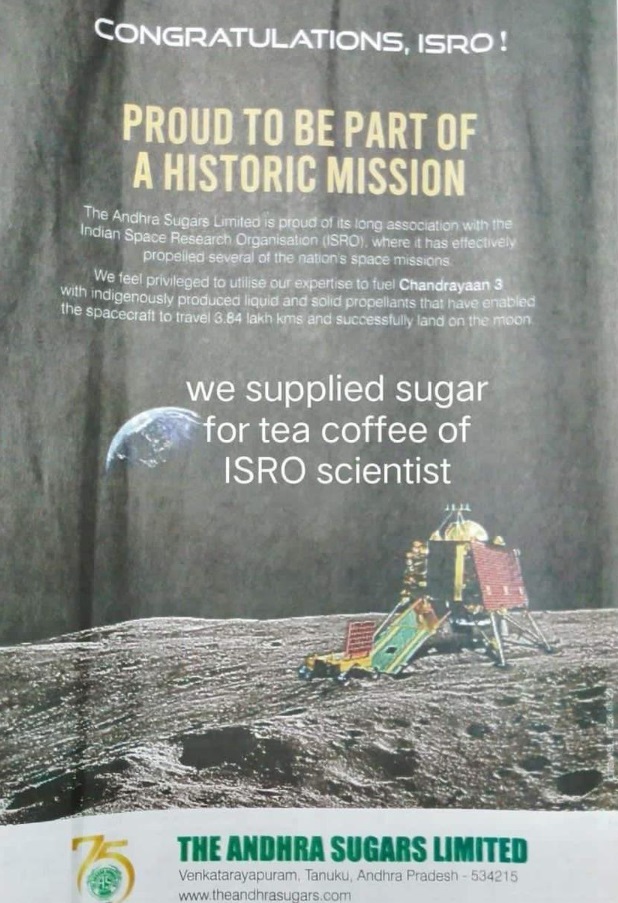

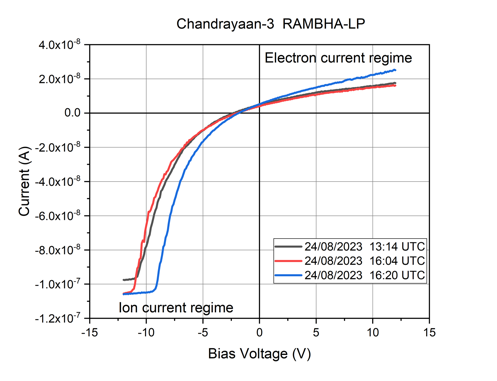
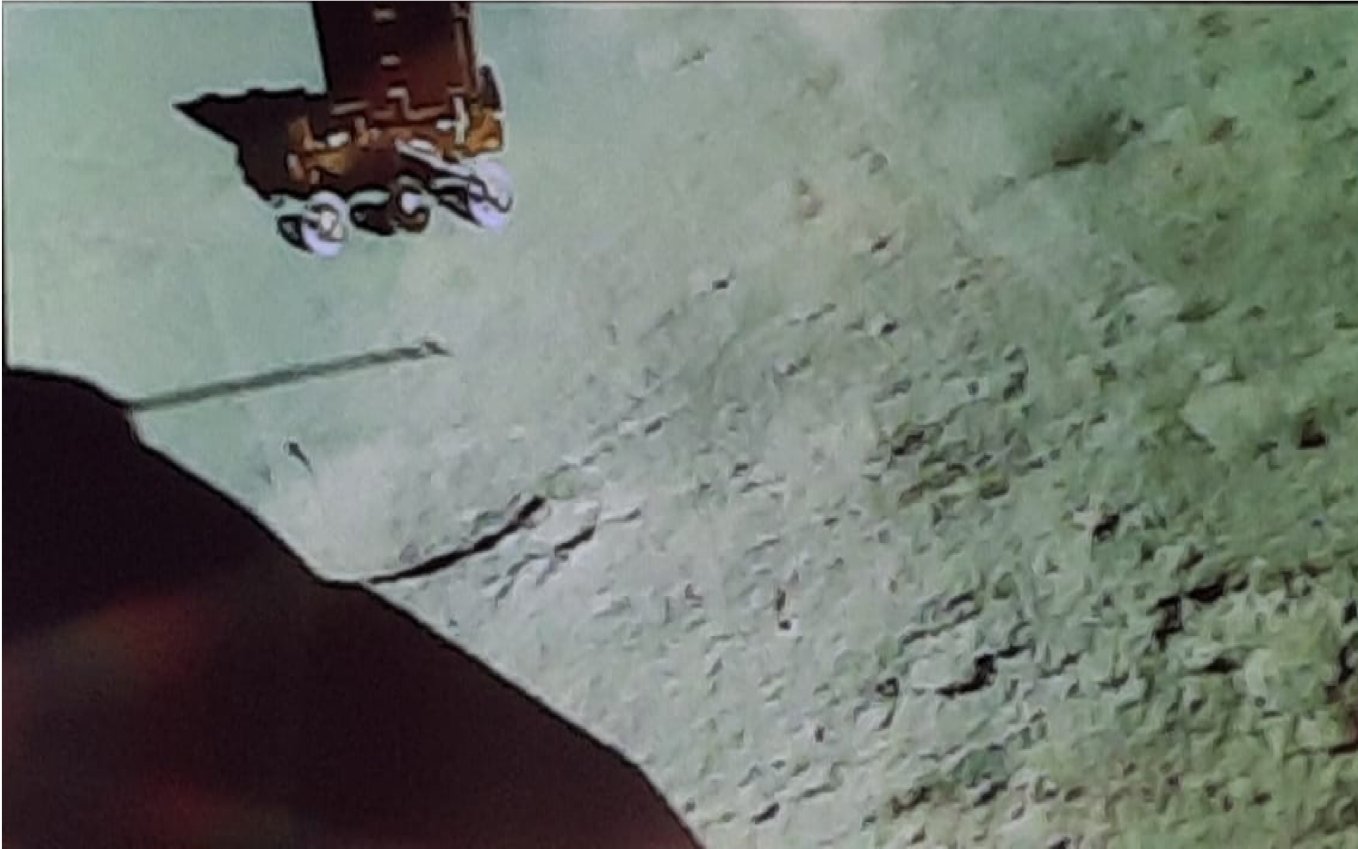
BENGALURU: Late on Thursday, Isro said that the Instrument for the Lunar Seismic Activity (ILSA) on Chandrayaan-3 lander (Vikram) — the first Micro Electro Mechanical Systems (MEMS) technology-based instrument on the moon — has recorded the movements of Pragyan (rover) and other payloads.
Developed by Laboratory for Electro-Optics Systems (LEOS) in Bengaluru, ILSA comprises a cluster of six high-sensitivity accelerometers, which are indigenously fabricated using the Silicon Micromachining process.
“ILSA’s primary objective is to measure ground vibrations generated by natural quakes, impacts, and artificial events. It recorded vibrations during the rover’s navigation on August 25, 2023. Additionally, an event, seemingly natural, recorded on August 26. The source of this event is currently under investigation,” Isro said.
Private industries supported LEOS realise ILSA, Isro said, without naming any of the private industries. The deployment mechanism for placing ILSA on the lunar surface was developed by URSC.
LEOS, one of the vital units of Isro, deals with the design, development and production of attitude sensors for all LEO, GEO and interplanetary missions; develops and delivers optical systems for remote sensing and meteorological payloads.
“The lab is equipped with world class fabrication, testing and coating facilities. Next generation technologies such as 3-axis fiber optics gyro, optical communication, MEMS, nanotechnology, detectors and development of science payloads for future space missions are also being pursued,” according to Isro.
BENGALURU: One of the three Indian payloads on the Chandrayaan-3 lander (Vikram) has completed the first in-situ measurements of the surface-bound lunar plasma environment over the south polar region.
"The measurements have been carried out by the Radio Anatomy of Moon Bound Hypersensitive ionosphere and Atmosphere-Langmuir Probe (RAMBHA-LP) payload onboard the lander … These quantitative measurements potentially assist in mitigating the noise that lunar plasma introduces into radio wave communication.
Also, they could contribute to the enhanced designs for upcoming lunar visitors,"Isro said.
It added that the initial assessment indicates that the plasma encompassing the lunar surface is relatively sparse, characterised by a number density ranging from approximately 5-30 million electrons per cubic metre.
"This evaluation specifically pertains to the early stages of the lunar daytime. The probe operates without interruption, aiming to explore the changes occurring in the near-surface plasma environment throughout the lunar day. These ongoing observations hold significant implications for comprehending the process of charging within the lunar near-surface region, particularly in response to the fluctuations in solar space weather conditions," Isro said.
The RAMBHA Langmuir (named after US chemist and physicist Irving Langmuir) probe is a device used for characterising a plasma. RAMBHA's development was led by the Space Physics Laboratory (SPL) at Isro's Vikram Sarabhai Space Centre (VSSC).
"It features a 5cm metallic spherical probe mounted on a 1-metre boom attached to the lander’s upper deck. The probe is deployed using a hold-release mechanism after the lander’s lunar touchdown. The extended boom length ensures that the spherical probe operates within the undisturbed lunar plasma environment, isolated from the lander's body," Isro said.
Pointing out that the system can detect minute return currents, as low as pico-amperes (measurement unit for electric current), with a dwell time of 1 millisecond.
"By applying a sweeping bias potential ranging from -12 to +12 V in increments of 0.1 V to the Langmuir probe, the system can accurately determine ion and electron densities as well as their energies based on the measured return current," Isro added.
CY3's propellant tank can never accommodate enough fuel for this manouvre... The requirement would be around double the fuel used for soft landing on 23rd.Piyal.g wrote: ↑31 Aug 2023 02:48 As the lander retargeted and landed on a different spot, there would be little fuel left in the tanks.
Hypothetically, if some fuel was left in the tanks would it be a good idea to fire the engine and move to another location where there is daylight available?
Then we can get 28 days of continuous daylight.
Probably not a major discovery, since presence of sulphur, though relatively rare , was known [ 11th most common element in mare] and papers written on Fe- FeS in various flows in past.
Thanks for good reading material in your links.Barath wrote: ↑31 Aug 2023 21:54Probably not a major discovery, since presence of sulphur, though relatively rare , was known [ 11th most common element in mare] and papers written on Fe- FeS in various flows in past.
But it doess adds data to that jigsaw puzzle to help figure out more info..on selenology and development
h
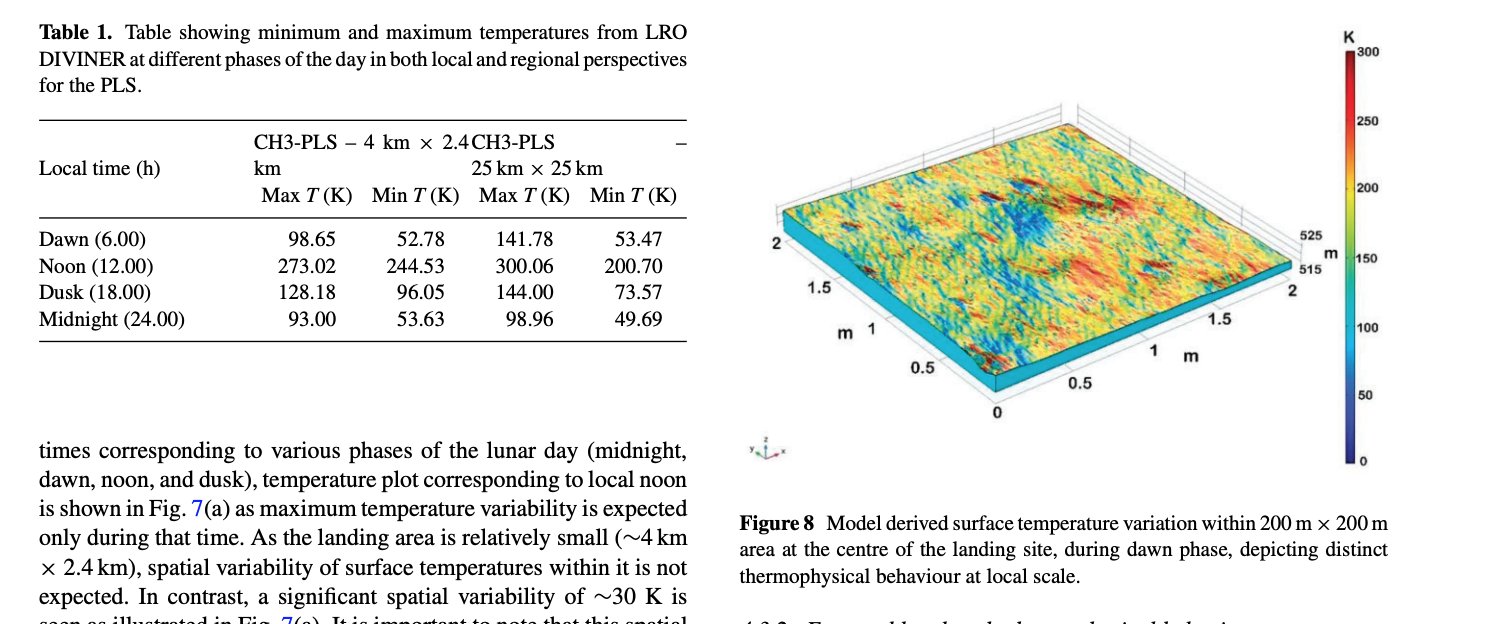

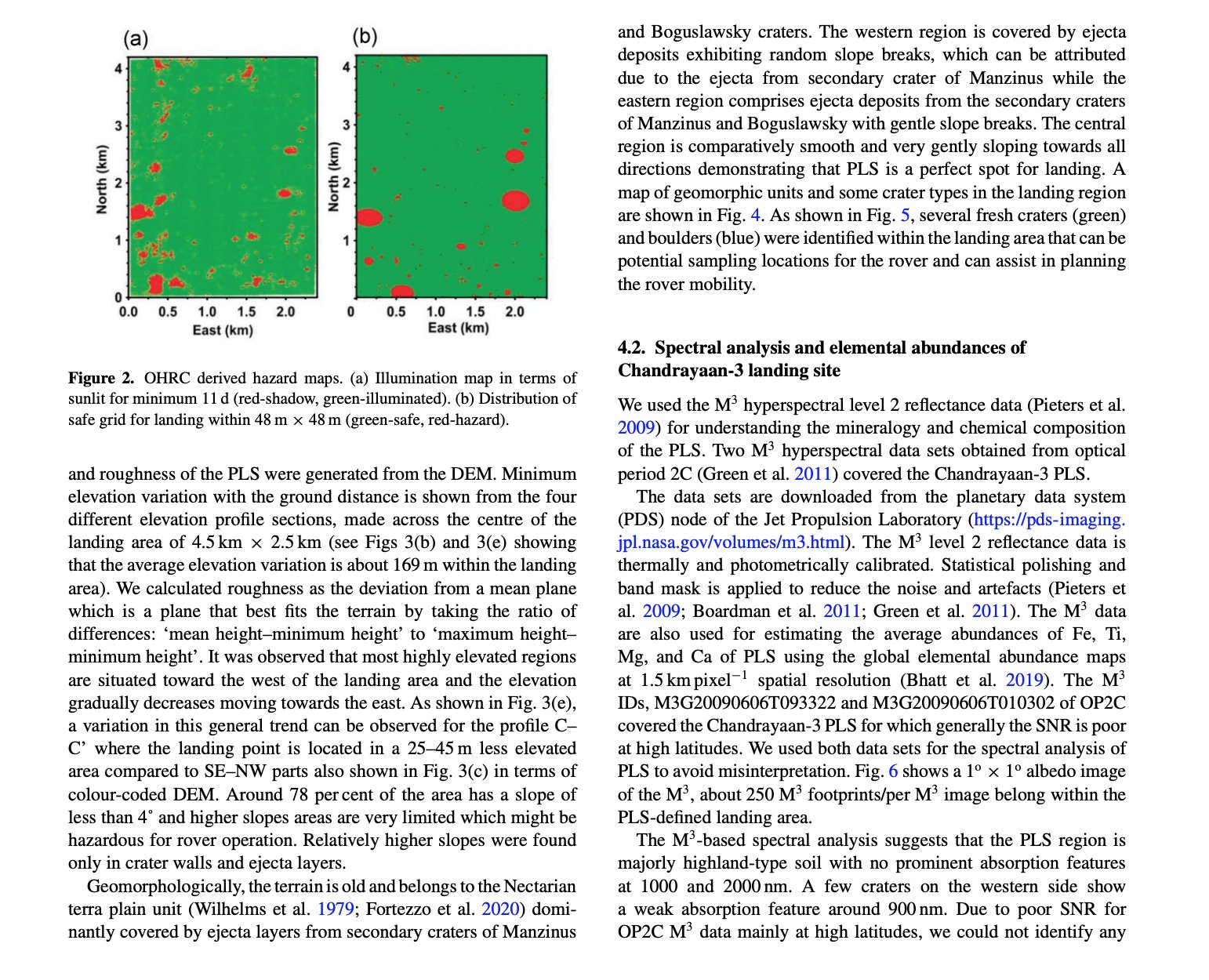

FWIW: I was asked similar questions when people looked at photos of our trip to Death Valley..(some even thought that google photo's editing software made the color pop out in people while making the background in B&W to make the photos dramatic
Yes, 29.53059 is synodic, and 27.32166 is sidereal.
It is not required to go 500 km in altitude. There is no atmospheric drag. As long as you have the necessary fuel to go cross country either in a balastic trajectory or the great circle path.nitzter wrote: ↑31 Aug 2023 21:51 ...
Say, I want to relocate to 148° W (which is opposite to the landing site), while keeping the same latitude, for continuous sunlight availability -
1. The straight line distance I would need to cover through the lunar rigolith would be around 1224 kms (1251 kms on surface)
2. I need to go sub-orbital (into a medium 500-501 km altitude orbit) while relocation to save fuel
3. First, work would be done to achieve a desired horizontal & vertical velocity; followed by the whole braking and descent all over again. Maybe Amber ji can help us with the exact sub-orbital velocity calculations...
Agree. But remember it is lander by India and rover by Japan, so you need solutions for both. And they both are big and heavy enough
Something to do with conservation of angualar momentum? My memory is hazy. Happens with spinning tops as well.sanjaykumar wrote: ↑01 Sep 2023 04:09 That’s very useful.
But is there an intrinsic property of rotating spheres that generate precession, and why?


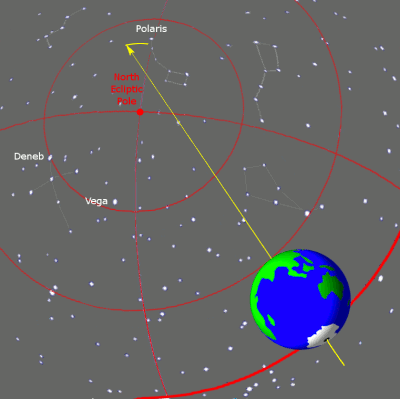
pardon my ignorance- going to take a shot here:
Of course, Yes. But on earth also we have three type of years.bharathp wrote: ↑01 Sep 2023 07:37pardon my ignorance- going to take a shot here:
shouldnt an year on the moon be same as the year on earth? given the composite(moon + earth) take the same time to go around the sun?
although there will be more overall distance travelled by the moon in the same period (given its revolutions around the earth?)
 nor this ==>
nor this ==> 

OK, looking at your post in the math dhaga, I think these should be as follows:
Yes, this is called "tropical year" -- basis of our Gregorian Calendar which most of the world uses. Here a year (97 leap years and 303 ordinary years in 400 years -- every fourth year is a leap year except Year 1700,1800,1900 -- Year 2000 is a leap year) is 365.2425 days, pretty close to actual value of 365.2422 days.
????Tropical Year, but not related to movement around the sun, but earth doing Surya Namaskar twice a year.
This "Ultra-precise" phrase is quite odd - given that a synodic month - can vary as much as 7 hours from its mean value of 29.53059 days value. (It varies between 29.2 to 29.9 days as any panchang/calendar/almanac or any body who just observes moon can tell you).. so "better to measure from waning crescent to waning crescent" is sort of irrelevant to put it mildly,disha wrote: ↑01 Sep 2023 08:16 ^
Now, from Earth, moon has phases. That is it goes from full moon to new moon to full moon. To be ultra-precise it is better to measure from waning crescent to waning crescent. But it is easier to explain as a full moon to new moon to full moon cycle. That is ~29.5 days. That is also called Lunar Month. I would call that as Synodic Month.
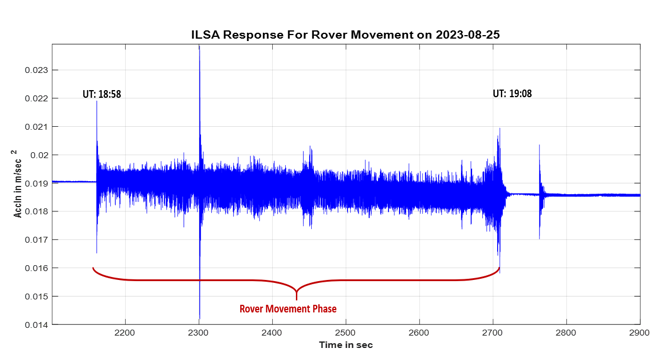
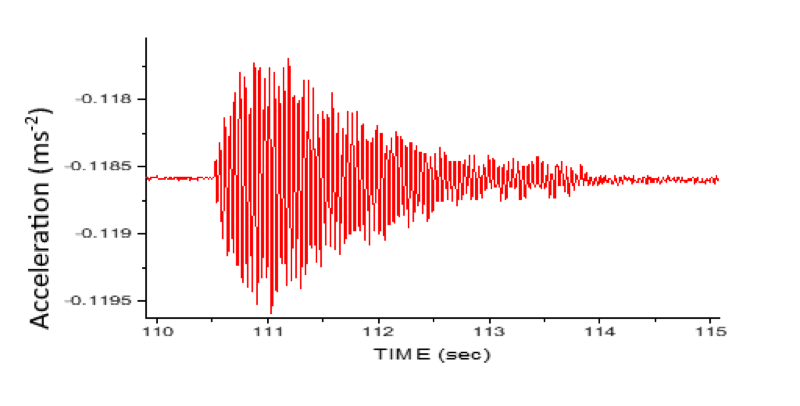
Interesting observation on the precise orientation of the ch3 lander achieved at landing to maximize solar light available for operations as well as hopefully wake up from Lunar night. That's why the space community was waiting on the photo release of the lander and ISRO obliged by releasing a picture exactly at noon to show the precision of the orientation. Just a lot of kudos on the ISRO missions transparancy/accessibility to the space community as compared to the Luna -25.sanman wrote: ↑01 Sep 2023 02:02 Podcast discussing Chandrayaan-3 and also Luna-25
https://mainenginecutoff.com/podcast/257
Tis great on appointment. I however feel that all retired ISRO people have a ton of stuff to contribute. The GOI should retain them (the leaders and people with solid contributions) in some advisory capacity on Space. They can chart out future stuff and also provide youngsters in ISRO their knowledge/experience. Just to see these people fade away is heart-breaking because the retirement age is too soon compared to the longer life expectancy.Dr K Sivan the Former Chairman of ISRO has been appointed as Head of Board of Governor of IIT Indore

So in a similar vein, there was criticism or puzzlement at Russia not similarly releasing enough information to make their spaceflight trajectory more visible and verifiable, to help validate it as a demonstration of technological capability. I'm wondering if this oversight/deficiency was due to their seemingly last-minute rush to get their mission launched and landing on the Moon ahead of Chandrayaan-3.Jayram wrote: ↑01 Sep 2023 10:47Interesting observation on the precise orientation of the ch3 lander achieved at landing to maximize solar light available for operations as well as hopefully wake up from Lunar night. That's why the space community was waiting on the photo release of the lander and ISRO obliged by releasing a picture exactly at noon to show the precision of the orientation. Just a lot of kudos on the ISRO missions transparancy/accessibility to the space community as compared to the Luna -25.sanman wrote: ↑01 Sep 2023 02:02 Podcast discussing Chandrayaan-3 and also Luna-25
https://mainenginecutoff.com/podcast/257
in my little opinion, they need to be more on teaching/R&D side rather than admin sides, they have a lot more to contribute in bridging the gapbala wrote: ↑01 Sep 2023 11:04Tis great on appointment. I however feel that all retired ISRO people have a ton of stuff to contribute. The GOI should retain them (the leaders and people with solid contributions) in some advisory capacity on Space. They can chart out future stuff and also provide youngsters in ISRO their knowledge/experience. Just to see these people fade away is heart-breaking because the retirement age is too soon compared to the longer life expectancy.Dr K Sivan the Former Chairman of ISRO has been appointed as Head of Board of Governor of IIT Indore
Same goes for DRDO, BARC, HAL, etc.
There is a big problem in appointing retired head honchos to admin positions. They tend to be travelling a lot to attend conferences or give lectures etc. Meanwhile the administrative work keeps piling up. Our institutions are organized to concentrate power into top guys only. Sometimes you need a director approval to buy a plastic bucket (exaggerated but you get the point ). If they are absentee, the processes drag to a stop.ArjunPandit wrote: ↑01 Sep 2023 15:10in my little opinion, they need to be more on teaching/R&D side rather than admin sides, they have a lot more to contribute in bridging the gapbala wrote: ↑01 Sep 2023 11:04
Tis great on appointment. I however feel that all retired ISRO people have a ton of stuff to contribute. The GOI should retain them (the leaders and people with solid contributions) in some advisory capacity on Space. They can chart out future stuff and also provide youngsters in ISRO their knowledge/experience. Just to see these people fade away is heart-breaking because the retirement age is too soon compared to the longer life expectancy.
Same goes for DRDO, BARC, HAL, etc.